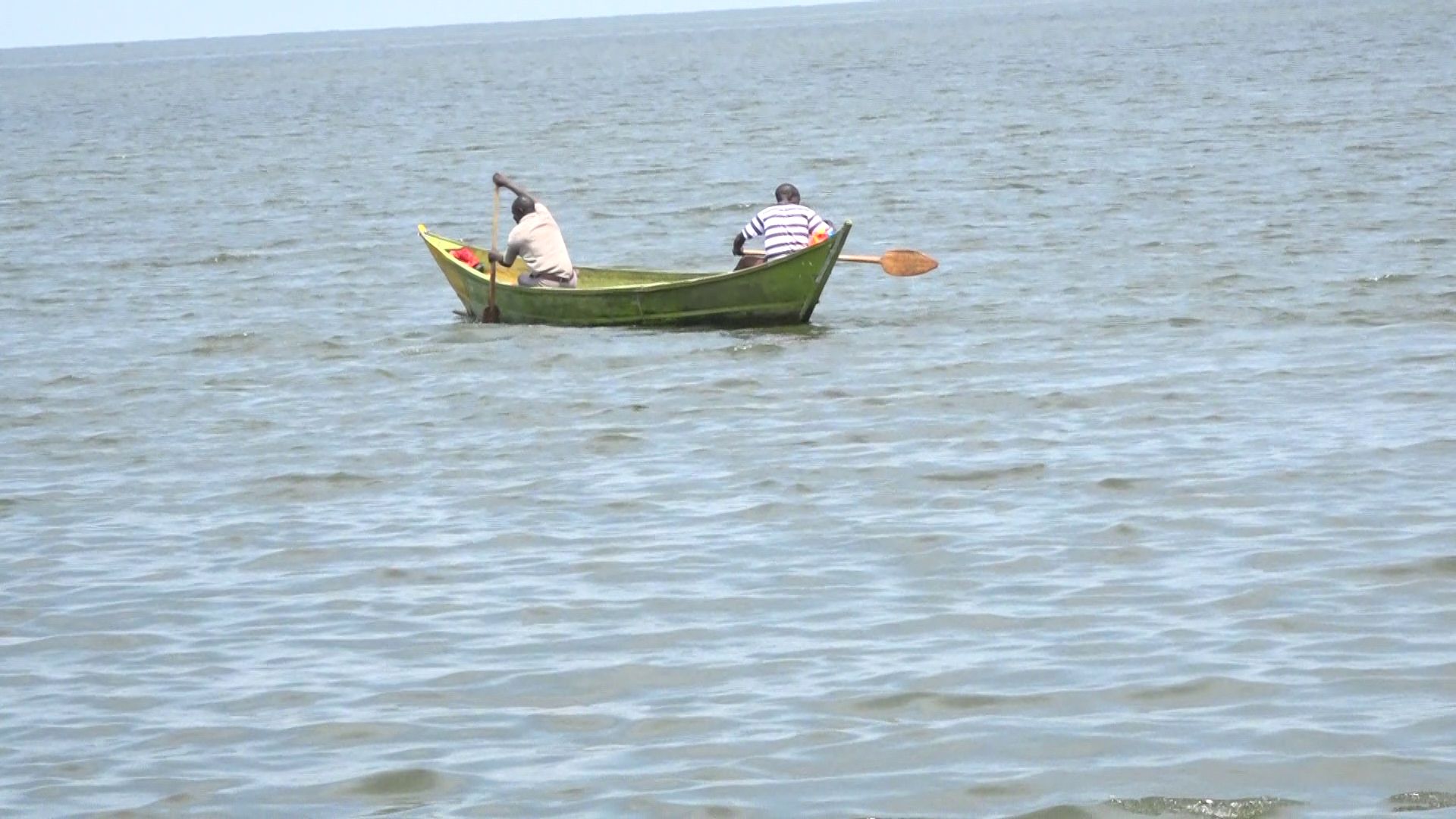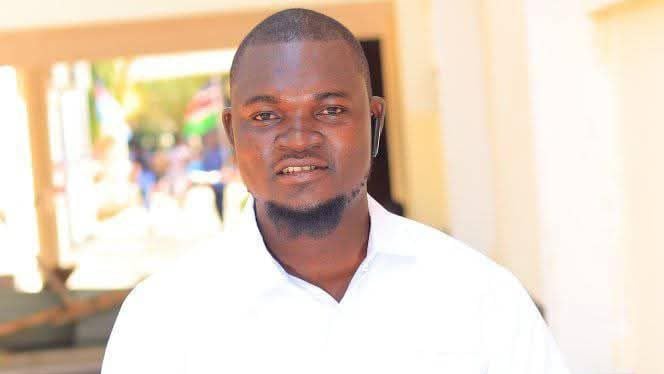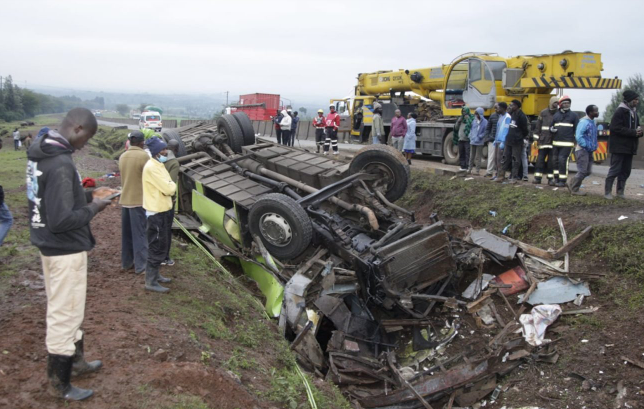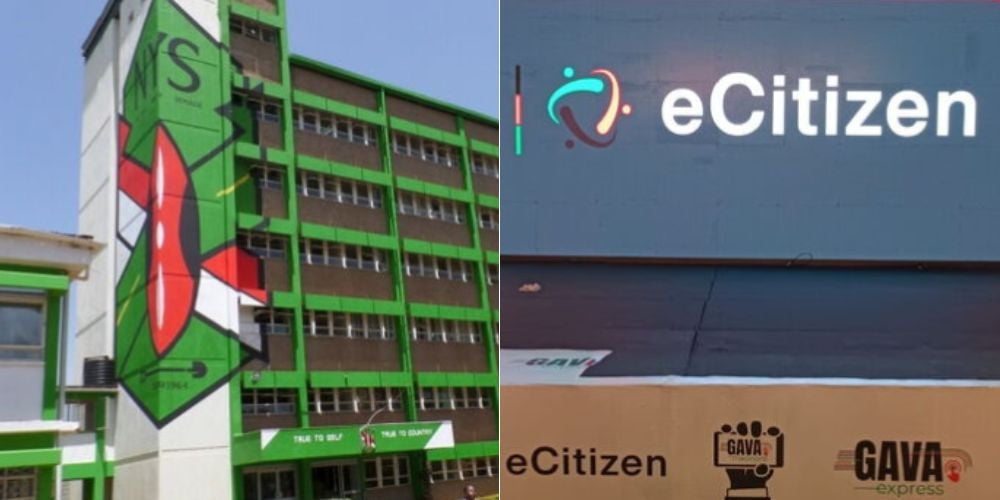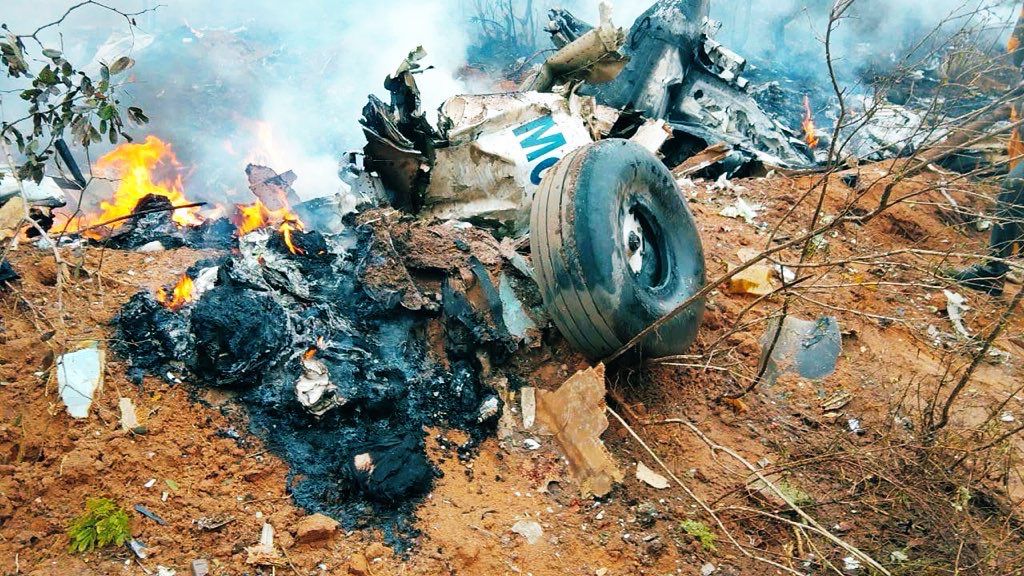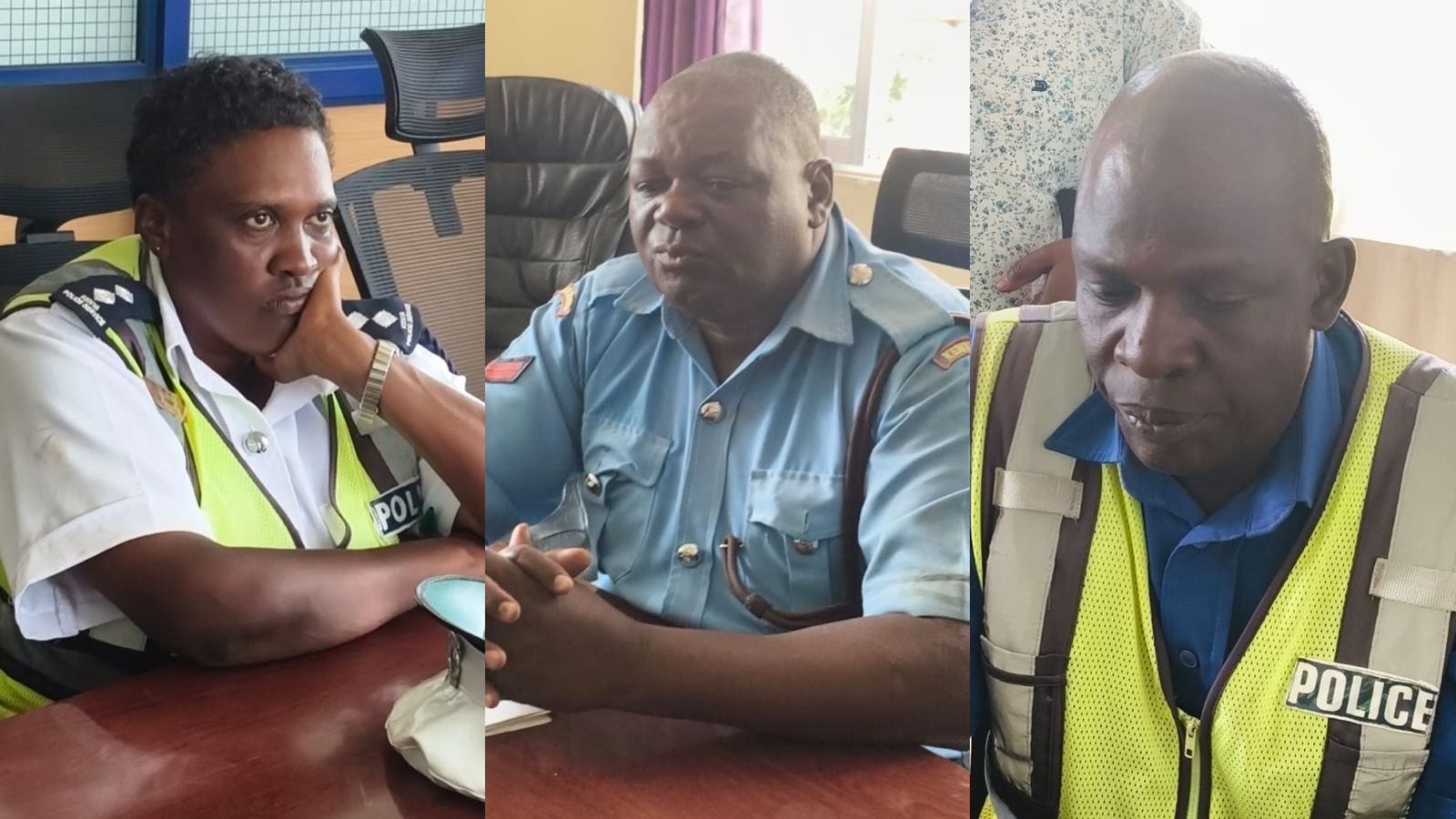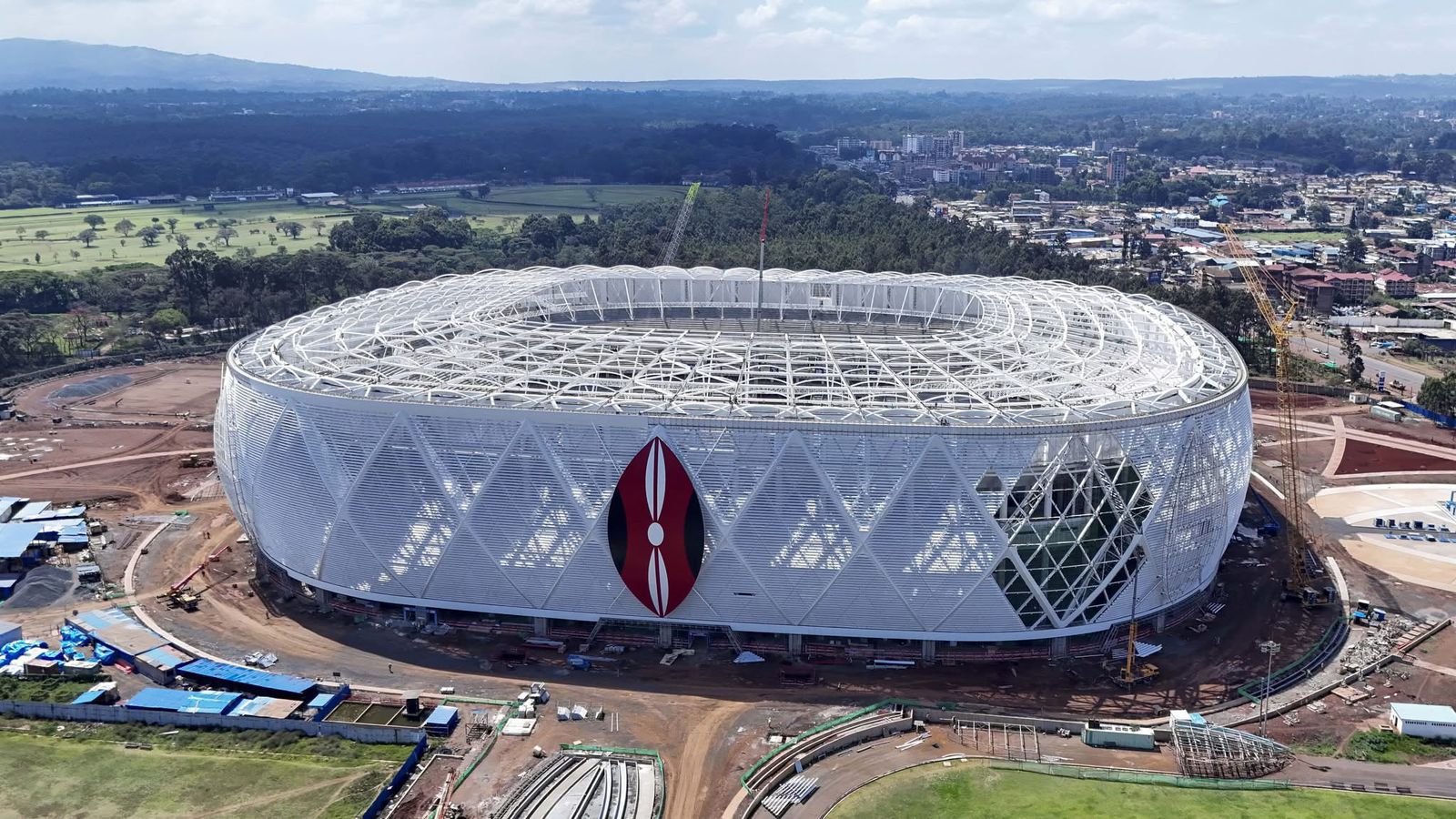By Marvin Bwire and Martin Wachira
Lake Victoria is Africa’s largest freshwater lake. It supports over 40 million people living in three countries (Kenya, Tanzania & Uganda) and its source is the River Nile. The lake and its resources fuel the economies of the three countries.
According to the Nile Basin Initiative (NBI), the lake and its catchment provide 90 percent of the region’s water supply for major urban centers like Kampala, Kigali, Mwanza, and Kisumu. The region's inhabitants rely on the lake for all aspects of their lives, including fishing, agriculture, and industrial applications.
However, Earthzine notes that the increasing population has negatively impacted water quality through agricultural and industrial runoff and sewage. Furthermore, the invasive water hyacinth (Eichhornia crassipes) is blocking fishing access and providing breeding grounds for disease carrying mosquitoes and snails.
Read More
Lake Victoria Water and Sanitation Initiative in 2009 noted that access to improved water in the towns of Migori, Kisii, Homa Bay, Siaya, and Bondo is between 60% and 70%.
The figures in Uganda are rather erratic, for example in Bugembe, Ggaba, and Masaka, access to improved water is over 90% as opposed to Kyotera with only 18 %. In Tanzania, access to improved water in the towns of Bukoba, Muleba, Geita, Sengerema, Bunda and Mutukula, and Musoma ranges between 13% in Muleba and more than 50% in the rest of the towns.
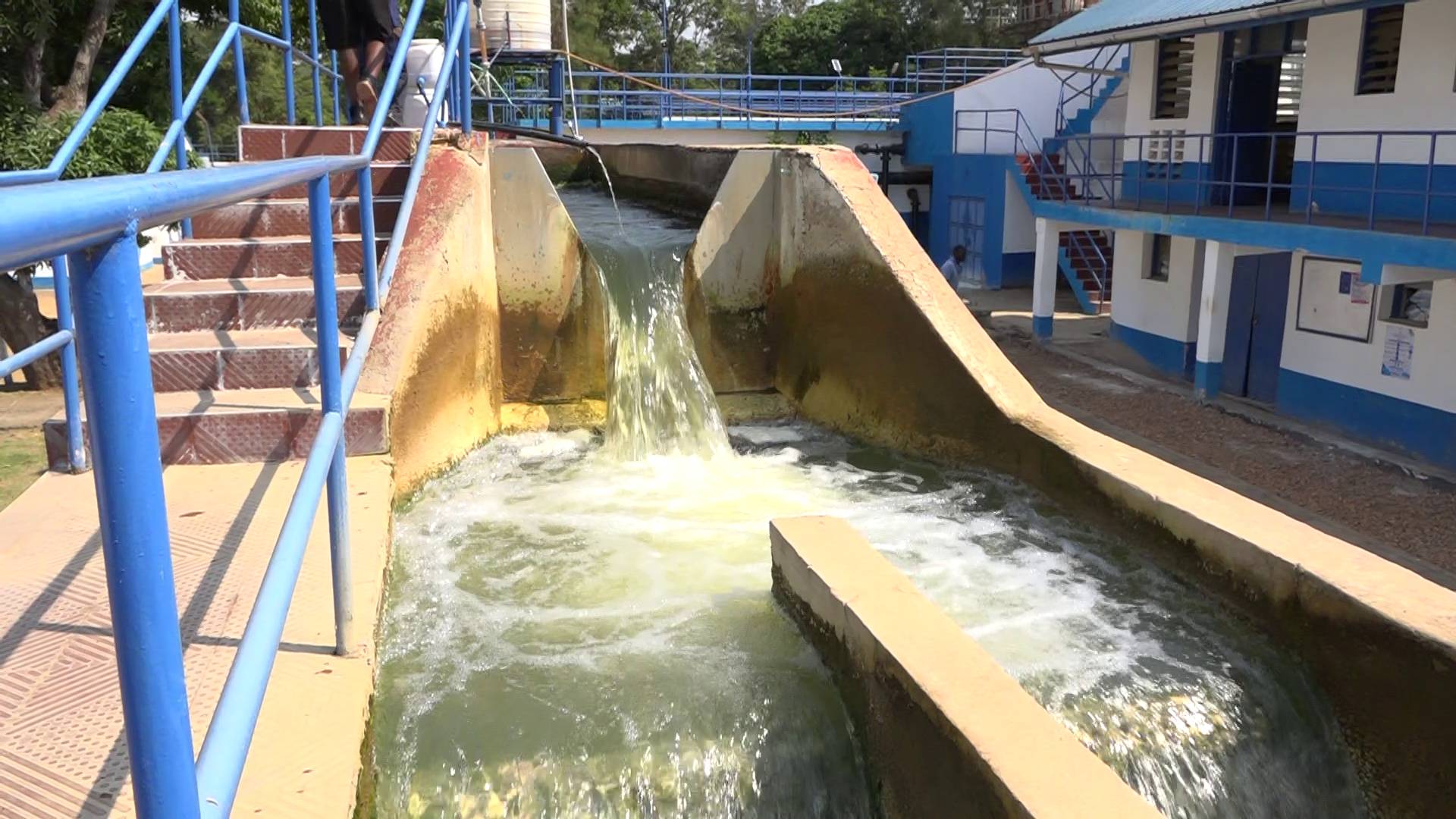
As indicated in the Nile Basin Initiative’s technical reports on water resource management, in Nile basin countries such as Kenya, water shortage is already a challenge and will become severe in the near future. Countries have been advised to put measures such as water reusing and adopting a circular economy in the Nile basin regions to tackle water shortage.
In recent years, the Circular economy has become a priority income generating sector as seen from the importance being attached to the blue economy by countries around water bodies including in the Nile basin.
Countries in the region including Kenya have realized that embracing a more sustainable approach to their development will generate benefits in terms of environmental security, human well-being, and increased competitiveness thus shaping opportunities and options far into the future.
Experts have advised that the region’s path to the realization of the SDG 12 lies in responsible consumption and production that promotes the principles of reduce, reuse, and recycle in line with the Paris Climate Change Agreement. This has entailed giving incentives to reusing products, rather than discarding them and then extracting new resources.
Around the lake basin, circular economy is mainly achieved through water recycling and reuse. This is through wastewater treatment and management, Irrigation farming, Biogas production, hydropower production, and water purification and consumption.
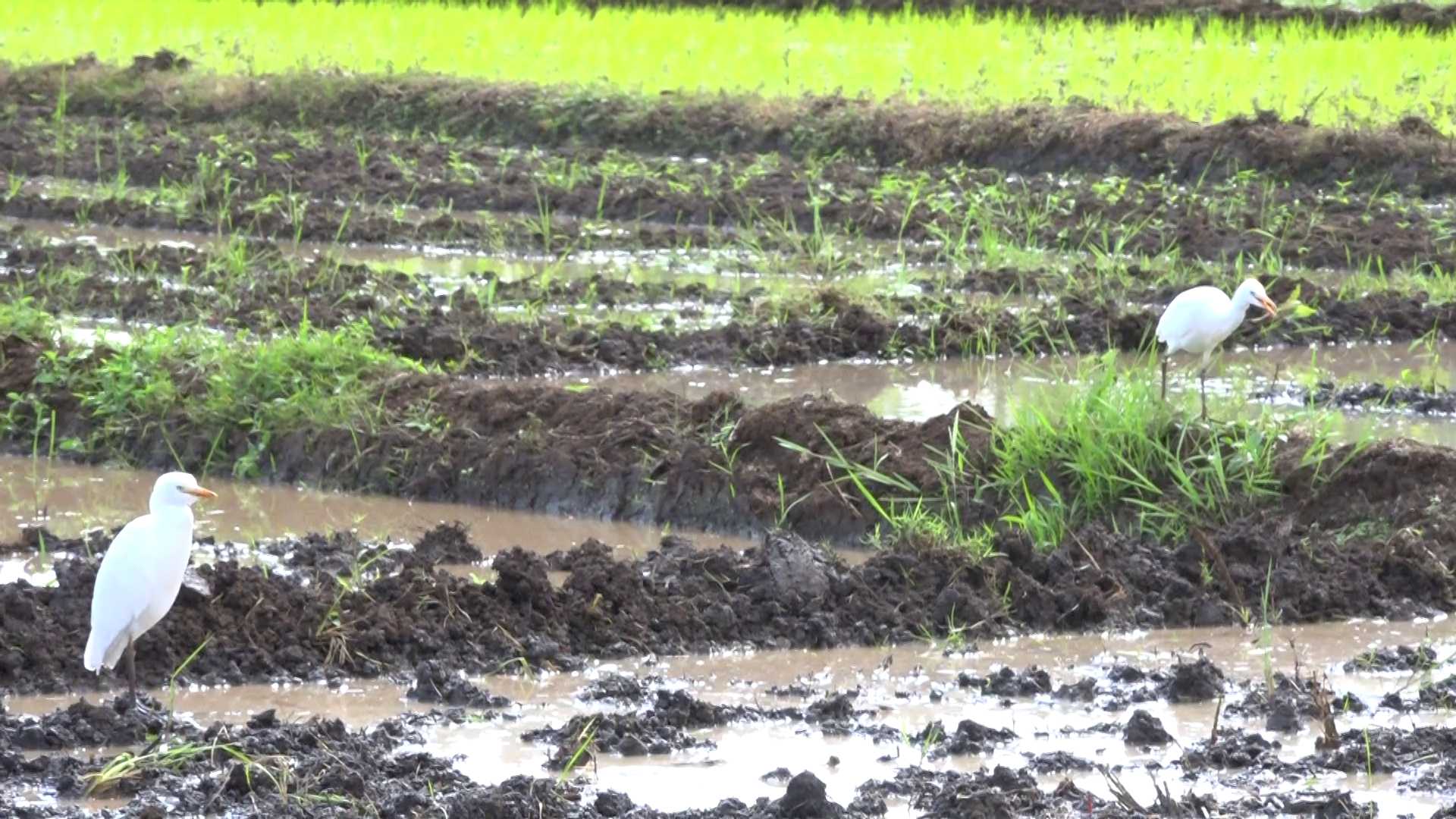
NBI reports that water reuse could play an important part, particularly when projecting 20-30 years in the future, as water scarcity increases due to the growth of population and frequency of drought. For the fisher folks around Lake Victoria, most families draw their water in containers from the lake daily.
At the same watering point, others wash their clothes, dry their fish and children bathe and play around the calm waters as the animals continue drinking from the same point.
According to Francis Okumu, a resident of the lake region in Kenya, while fishing has been the major source of income-generating activity, this is threatened because of dwindling fish stocks, enhanced patrols by security personnel, poor fishing methods, and pollution.
Another resident, Vovine Ogubi is worried that even people around the lake are abandoning fishing and are equally doing irrigated farming of crops, but using poor irrigation methods including excessive chemicals that drain into the lake, further polluting the lake and making the water unsafe for drinking
This journalist visited Kisumu Water and Sanitation Company Limited (KIWASCO) Dunga water treatment plant in Kisumu City to understand how water treatment is done at the site.
According to KIWASCO the plant has provided a solution to water demand in the area and as such benefited the locals.
However, research on the water sector in Kisumu City shows that water production is not keeping pace with the rapid population growth and that, in any case, the existing infrastructure is operating at between 85 and 93 percent of maximum design capacity.
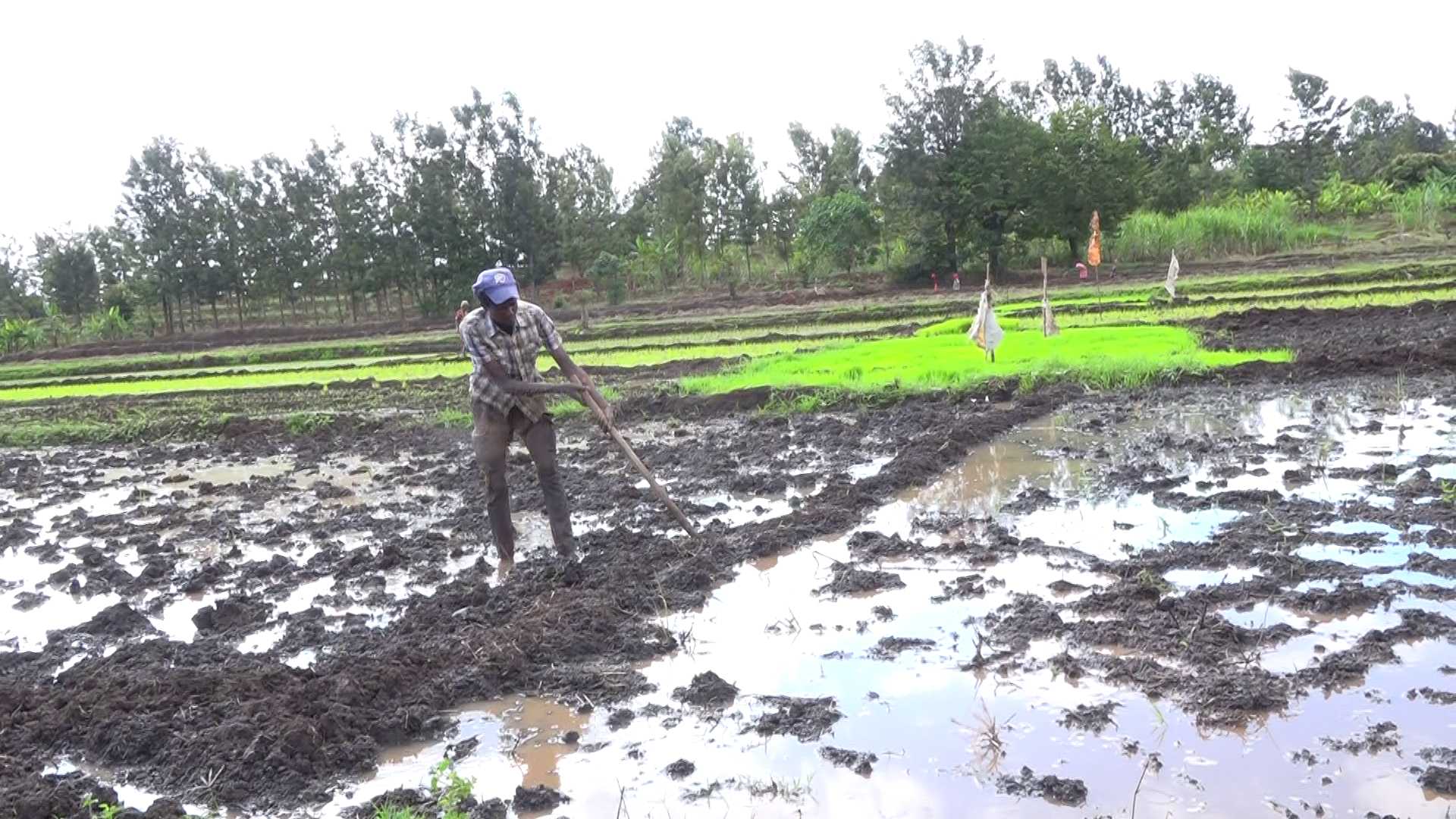
Daily Water treatment capacity within Kisumu is at 80,000 cubic metres with Dunga Treatment Plant at 44,000 cubic metres while Kajulu at 36,000 cubic metres respectively. Currently, KIWASCO produces 40% from Dunga Treatment Plant through pumping and 60% from Kajulu treatment plant.
According to KIWASCO’s technical Director, Eng. Moses Jura the company has not been able to fully meet their expectations due to a few constraints.
Climate change, water hyacinth and rise of water levels in the lake have been the major hindrances and as such led to the company’s inability to effectively provide water to Kisumu residents.
Along with drinking water, the lake also provides water for irrigation schemes around the region where rice farming has mainly thrived amidst other crops such as soya beans, maize, tomatoes, and vegetables.
The irrigation schemes pump water from the lake and excess water is pumped back into the lake.
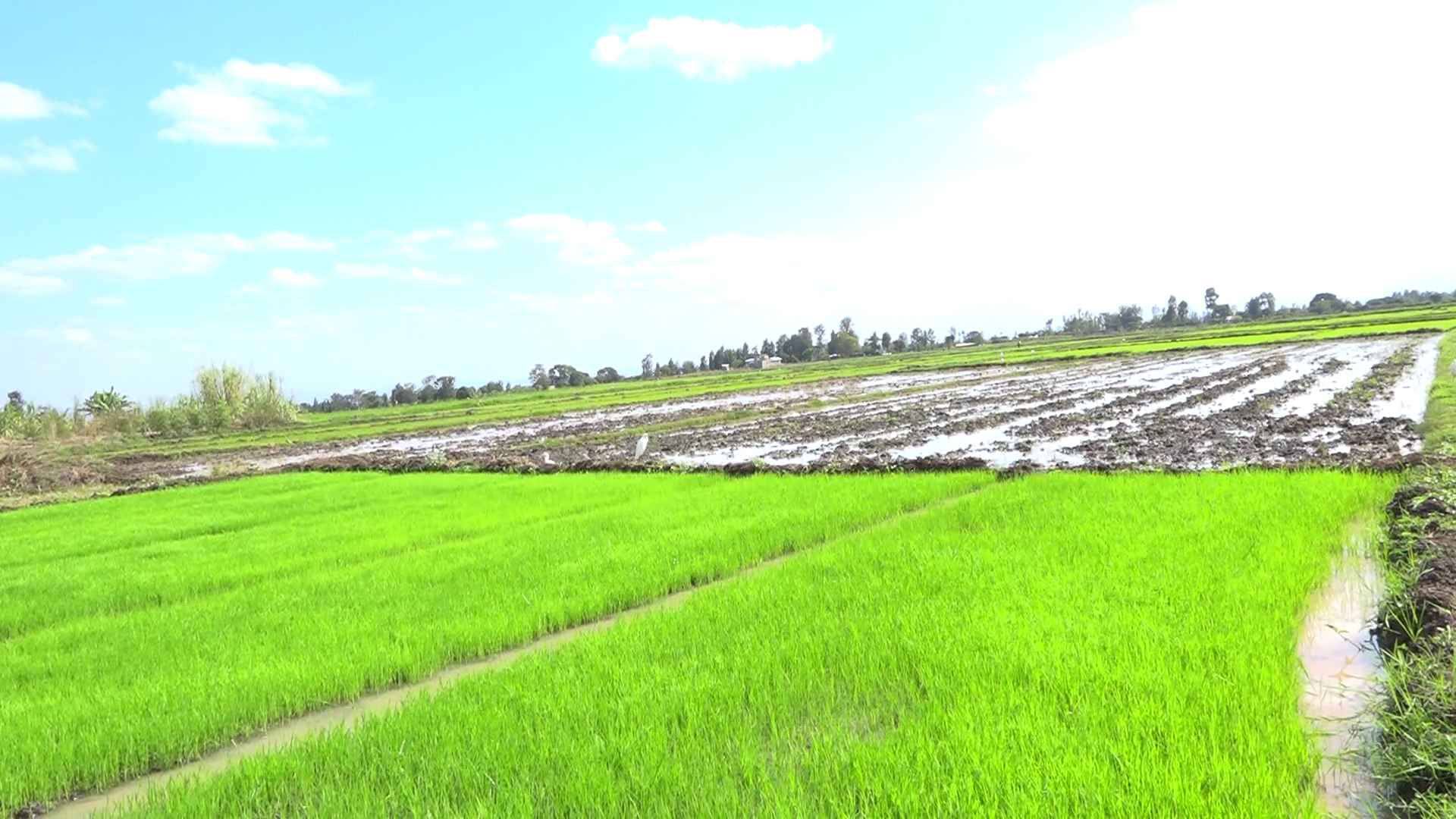
The 2020 NBI technical report on mapping land sustainable for irrigation in the Nile basin notes that the total area equipped for irrigation in the Nile Basin parts of Kenya (Lake Victoria North and Lake Victoria South Catchments) is about 47,500 hectares while the cropped area is on the average 20,000 hectares. The total suitable land for irrigation in the Nile Basin in Kenya, however, is almost 2 million hectares.
Edited by Martin Wachira.
Mr. Wachira is the Managing Editor of Nairobi Leo.
